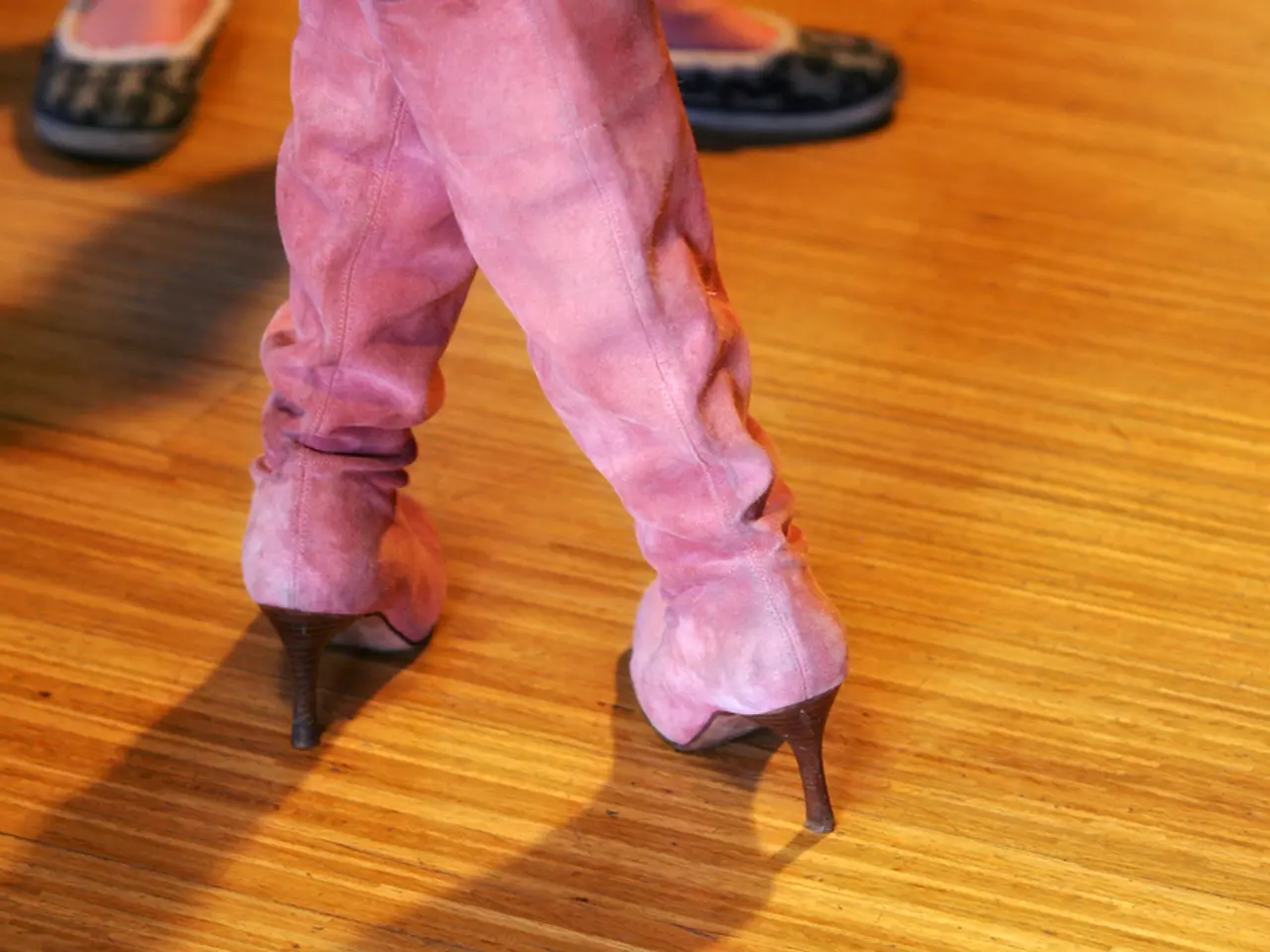Foot Surgery for Flat Feet: Objective, Process, and Healing Timeline
Flat foot reconstruction surgery is a medical procedure designed to restore the curvature of the medial longitudinal arch in the foot, offering relief from symptoms such as foot pain, leg pain, ankle sprains, and changes in gait.
There are several common types of flat foot reconstruction surgeries, including tibialis posterior tendon reconstruction/transfer, medializing calcaneal osteotomy, and selective joint fusions (such as subtalar or triple fusion).
Tibialis posterior tendon reconstruction/transfer addresses the dysfunctional tibialis posterior tendon to restore dynamic arch support, while medializing calcaneal osteotomy repositions the heel bone to improve alignment and weight distribution. Joint fusions may be employed in cases with arthritis or severe deformity to stabilize the foot.
After undergoing flat foot surgery, individuals typically go home the day after the procedure. During the first six weeks, it is crucial to avoid placing any weight on the leg and keep it elevated for as long as possible. After another six weeks, an X-ray is usually taken to check the progress of healing.
At this point, doctors may recommend the use of a surgical boot or removable cast, allowing the individual to begin placing some weight on the leg carefully and slowly. After another six weeks, a special supportive shoe may be prescribed, and the person may be referred to a physical therapist to learn how to use and strengthen their reconstructed foot.
While flat foot reconstruction surgery can be highly effective in reducing symptoms and preventing recurrent ankle sprains related to flatfoot instability, it is important to consider the possible risks. These include nerve damage, swelling, infection, blood clots, chronic regional pain syndrome, and non-union of cut bones.
It is essential to weigh the potential benefits against the risks before deciding on flat foot surgery. A detailed preoperative evaluation and customised surgical plan can help improve outcomes, ensuring that the surgery is tailored to the individual's specific needs.
In summary, flat foot reconstruction surgeries, such as tibialis posterior tendon reconstruction/transfer, medializing calcaneal osteotomy, and selective joint fusions, have shown good overall clinical success in appropriately selected patients. These procedures can significantly reduce pain, increase stability, and decrease ankle sprains by restoring foot architecture and mechanics, leading to improved overall function and quality of life.
CBD oil has been proposed as a potential complementary treatment for managing pain and inflammation associated with flat foot reconstruction surgeries. While there is limited scientific evidence supporting its use, some studies suggest that CBD may help reduce the need for opioid painkillers and promote faster recovery.
For individuals with chronic medical conditions, such as chronic kidney disease, it is essential to discuss potential interactions between CBD and prescription medications with their medical team before using CBD oil.
When it comes to the health and wellness aspect of flat foot reconstruction, physical therapy plays a crucial role in helping individuals perform daily activities and return to a normal lifestyle after surgery.
As the field of science evolves, future research should focus on optimizing surgical techniques, identifying improved methods for postoperative rehabilitation, and exploring potential adjunct treatments like CBD to improve the success rate and quality of life for patients undergoing flat foot reconstruction.




